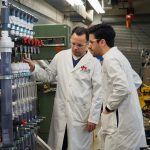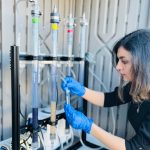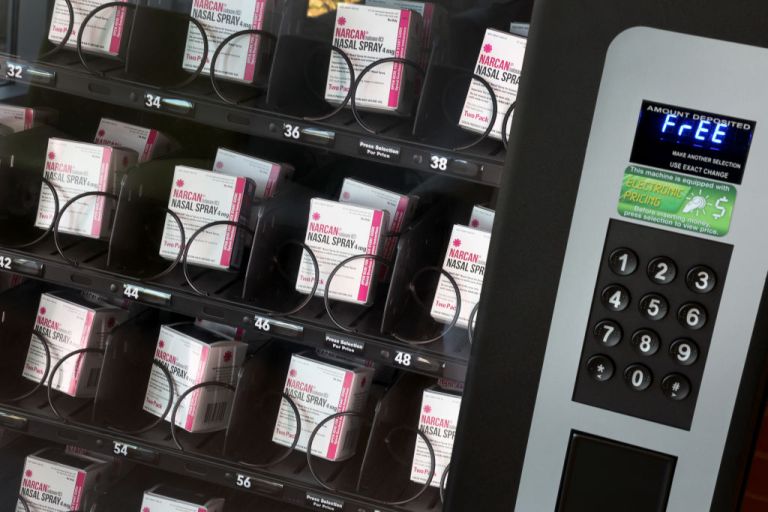A team of engineers at the University of British Columbia have developed a new method that can permanently remove toxic “forever chemicals” from drinking water — technology that its lead developer compared to a Brita filter, “but a thousand times better.”
So why do we need it? While no one wants to gulp down a serving of harmful compounds with their drinking water, more than 200 million Americans may be doing just that. A 2020 study found that potentially risky levels of perfluoroalkyl and polyfluoroalkyl substances, or PFAS, are likely present in all of the United States’ major water supplies.
Called “forever chemicals” because they take hundreds of years or more to break down, PFAs are present in many consumer products, including sunscreens, food packaging, cosmetics, and cleaning supplies, and can eventually end up leaching into the environment. PFAs have been linked to increased risks of cancer, decreased fertility, and a “reduced ability of the body’s immune system to fight infections,” among other adverse health effects, per the Environmental Protection Agency.

In fact, nearly two years after the 2020 study, the agency announced four drinking water health advisories and an eventual $5 billion in grant funding “to address PFAS and other emerging contaminants in drinking water, specifically in small or disadvantaged communities.” And this past March, the EPA proposed first-of-their-kind regulations on the chemicals.
UBC chemical and biological engineering professor Madjid Mohseni led the development of the new water treatment, which relies upon a “unique adsorbing material” that can trap and hold all the PFAs present in a water supply. The chemicals are then destroyed using “special electrochemical and photochemical techniques,” per a UBC news release.
There are other treatments currently used in homes and industrial settings, such as activated carbon and ion exchange systems, but they’re either not as effective in capturing all PFAs or can take longer to work, according to Mohseni.
“Our adsorbing media captures up to 99% of PFAS particles and can also be regenerated and potentially reused,” he explained. “This means that when we scrub off the PFAS from these materials, we do not end up with more highly toxic solid waste that will be another major environmental challenge.”

Per the release, the team was preparing to begin piloting the new treatment method in various locations around British Columbia this spring. And the technology could have profound benefits for those most vulnerable to contaminated water.
Said Mohseni: “Our adsorbing media are particularly beneficial for people living in smaller communities who lack resources to implement the most advanced and expensive solutions that could capture PFAS. These can also be used in the form of decentralized and in-home water treatments.”
He added: “The results we obtain from these real-world field studies will allow us to further optimize the technology and have it ready as products that municipalities, industry, and individuals can use to eliminate PFAS in their water.”











